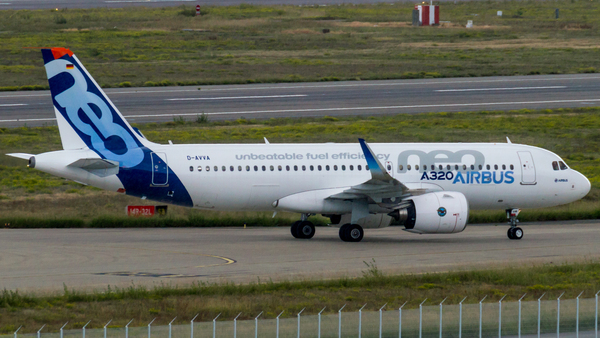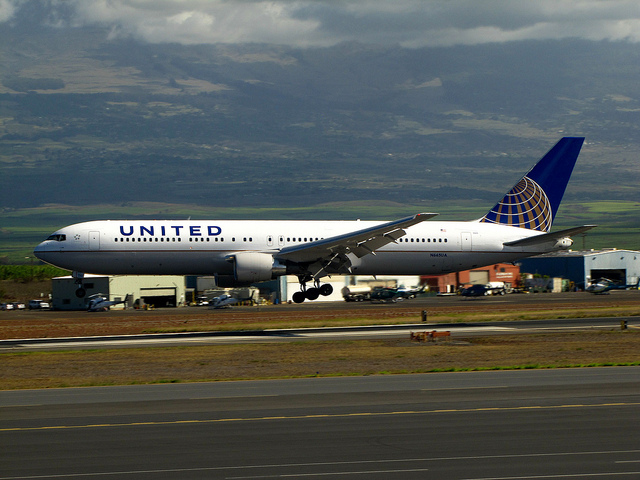Lionair B734 at Pontianak on Nov 2nd 2010, overran runway on landing
Last Update: October 10, 2016 / 15:08:24 GMT/Zulu time
Incident Facts
Date of incident
Nov 2, 2010
Classification
Accident
Airline
Lion Air
Aircraft Type
Boeing 737-400
ICAO Type Designator
B734
Inconsistency to the Aircraft Maintenance Manual (AMM) for the rectifications performed during the period of the reversers and auto speed brake deployment problem was might probably result of the unsolved symptom problems.
- The decision to land during the un-stabilized approach which occurred from 1000 feet to 50 feet above threshold influenced by lack of crew ability in assessing to accurately perceive what was going on in the flight deck and outside the airplane.
- The effect of delayed of the speed brake and thrust reverser deployment effected to the aircraft deceleration which required landing distance greater than the available landing distance.
The NTSC reported there had been 13 pilot reports previously indicating problems with the automatic speed brake deployment during landing between Sep 3rd and Oct 27th 2010. Maintenance had performed numerous activities in an attempt to rectify the issue, however, we unable to solve it. The NTSC analysed: "Based on the interview with the PIC and SIC, it also noted that prior to descend the crew had aware that the problem related to the reverser and automatic spoiler deployment were still exist sometimes."
The NTSC analysed with regards to unstabilized approach:
the average sink rate of the aircraft between 1000 feet to 850 feet was 2500 ft/minutes and the average sink rate between 550 feet to 450 feet was 1200 ft/minutes. At 50 feet the aircraft speed was 162 kts or 24 knot above the Vref of 138 knots. There was 9 kts of tail wind component. These particular conditions indicated that the aircraft was un-stabilized since 1000 feet to 50 feet above the threshold, according to the Flight Crew Training Manual (FCTM) of the Boeing B 737 (revision July 29, 2011) page 5.4 which requires an immediate go-around.
The NTSC analysed that with the present weather conditions at the time of landing the required landing distance computation based on 153 KIAS with 9 knots tail wind resulted in 2,041 meters with 2,250 meter of landing distance available. However, the investigation found, the speed brake handle did not reach the extended positon until 42 seconds after touchdown, the deceleration started only 13 seconds after touchdown, which added a further 611 meters "penalty" to the landing distance required, thus requiring a distance of 2652 meters, more than 2,250 meters available. Nonetheless, the aircraft stopped about 10 meters past the paved surface of the runway consistent with a more than 1.0G deceleration during 3 seconds as shown on the FDR.
Incident Facts
Date of incident
Nov 2, 2010
Classification
Accident
Airline
Lion Air
Aircraft Type
Boeing 737-400
ICAO Type Designator
B734
This article is published under license from Avherald.com. © of text by Avherald.com.
Article source
You can read 2 more free articles without a subscription.
Subscribe now and continue reading without any limits!
Read unlimited articles and receive our daily update briefing. Gain better insights into what is happening in commercial aviation safety.
Send tip
Support AeroInside by sending a small tip amount.
Related articles
Flight Crew Relocation Checklist: Everything International Aviation Workers Need Before Landing a U.S. Job
Moving to the United States for an aviation job is exciting, but it’s also a lot to manage. You’re not just preparing for a new…
Analytics in the Cockpit: How Denis Krainov Turns Flight Data Into Safer Operations
Image: Denis Krainov | LinkedIn Each flight generates data that extends beyond altitude and speed. Within every flight lies information that helps…
AeroInside Monthly Aviation Safety Review October 2025
October 2025 was a busy month in aviation safety. Please find our summary below.All in all, 62 new articles have been published during last month. 5…
How to Prepare for Flights to Asia: Key Packing Tips
Asia, especially its south-eastern part, is among the world's most beautiful and thrilling destinations. You can experience it all, from cultures and…
How Fast Track Services at JFK Airport Can Save You Time and Stress
Discover how JFK Airport fast track services can save you 60+ minutes and reduce travel stress. Learn about expedited security, customs, and…
Newest articles
India A20N at Delhi on Nov 27th 2025, cargo smoke indication
An Air India Airbus A320-200N, registration VT-EXO performing flight AI-2939 from Delhi to Ahmedabad (India) with 170 people on board, was climbing…
United B763 near Boston on Nov 27th 2025, airspeed indication problem
A United Boeing 767-300, registration N665UA performing flight UA-934 from Newark,NJ (USA) to London Heathrow,EN (UK), was enroute at FL300 near…
Subscribe today
Are you researching aviation incidents? Get access to AeroInside Insights, unlimited read access and receive the daily newsletter.
Pick your plan and subscribePartner

ELITE Simulation Solutions is a leading global provider of Flight Simulation Training Devices, IFR training software as well as flight controls and related services. Find out more.
SafetyScan Pro provides streamlined access to thousands of aviation accident reports. Tailored for your safety management efforts. Book your demo today
AeroInside Blog
Popular aircraft
Airbus A320Boeing 737-800
Boeing 737-800 MAX
Popular airlines
American AirlinesUnited
Delta
Air Canada
Lufthansa
British Airways


